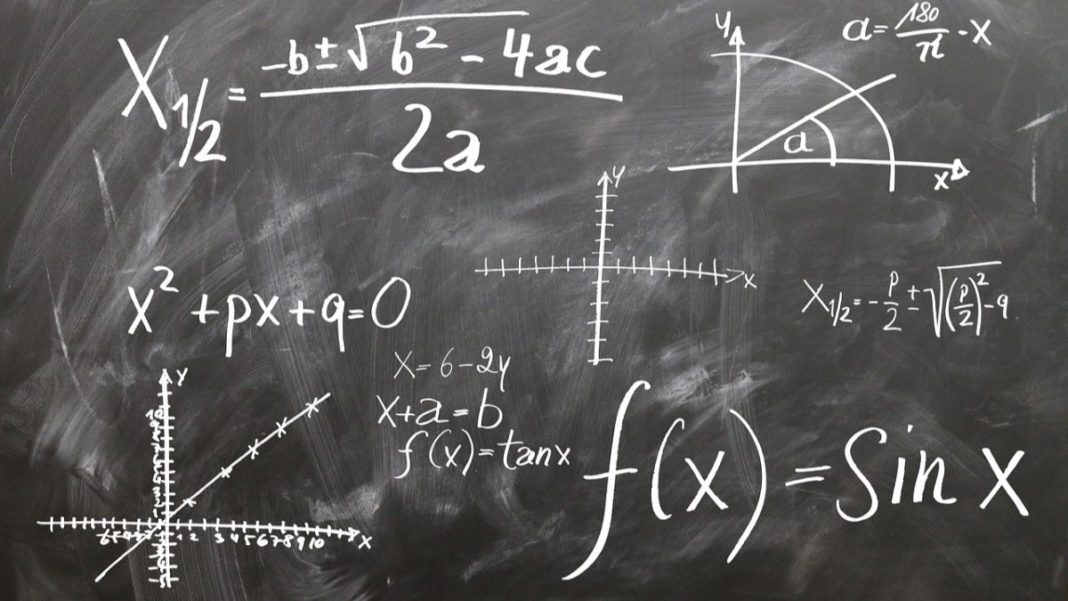INDIA: Fluid dynamics, a field crucial to understanding various natural phenomena and industrial processes, has long been plagued by a perplexing enigma known as the Navier-Stokes existence and smoothness paradox.
This long-standing mathematical puzzle, which has stumped scientists for decades, revolves around whether solutions to the Navier-Stokes equations, which describe the motion of fluid substances, exist and remain smooth for all time.
The Navier-Stokes equations, named after Claude-Louis Navier and George Gabriel Stokes, were first formulated in the 19th century and have since become the cornerstone of fluid dynamics.
These equations describe how a fluid’s velocity, pressure, and density evolve, considering the effects of viscosity and other external forces. We have successfully used the equations in various practical applications, from weather forecasting to aerodynamics.
However, one critical aspect that continues to baffle scientists is the unresolved issue of the existence and smoothness of solutions.
The paradox arises because, while one can find solutions to the Navier-Stokes equations for specific scenarios, such as laminar flows or simplified conditions, the behaviour of solutions in more complex situations remains elusive.
The equations are notorious for their nonlinear and highly coupled nature, making them extraordinarily difficult to solve analytically.
Moreover, questioning whether solutions can develop singularities, where specific physical quantities become infinite in finite time, adds more complexity.
For years, mathematicians and physicists have strived to prove the existence and smoothness of solutions to the Navier-Stokes equations for all possible conditions.
The Clay Mathematics Institute even included the Navier-Stokes existence and smoothness problem as one of its seven Millennium Prize problems, with a million-dollar prize awaiting the person who can crack this paradox. Despite numerous attempts, no complete solution has emerged.
However, recent progress in the field has provided valuable insights into this paradox. Researchers have made significant strides in understanding the intricate interplay between the various components of fluid flow.
New mathematical techniques, such as computational methods and advanced numerical simulations, have allowed scientists to explore a broader range of scenarios and investigate the behaviour of solutions with greater accuracy.
One breakthrough came in 2014, when mathematician Cédric Villani and his team made progress in establishing the global regularity of solutions to the Navier-Stokes equations in a specific scenario.
According to the research findings, solutions can remain smooth indefinitely in specific situations. While this is a significant breakthrough, the paradox remains unresolved.
Scientists are collaborating across disciplines, combining expertise from mathematics, physics, and computer science, to tackle this enigmatic problem from different angles.
Researchers use advanced computational algorithms, high-performance computing, and artificial intelligence to simulate and analyse fluid flow with unprecedented detail, potentially providing valuable insights into the paradox.
While the ultimate resolution of the Navier-Stokes existence and smoothness paradox remains unknown, the ongoing efforts to unravel its secrets have deepened our understanding of fluid dynamics.
The quest to solve this puzzle pushes the boundaries of mathematical and computational sciences, offering the tantalising prospect of unlocking new knowledge about the behaviour of fluids with far-reaching implications for fields ranging from climate modelling to aerospace engineering.
Also Read: Xeno’s Paradox of the Plurality: Solving the Mind-Bending Concept of Infinite Divisibility



